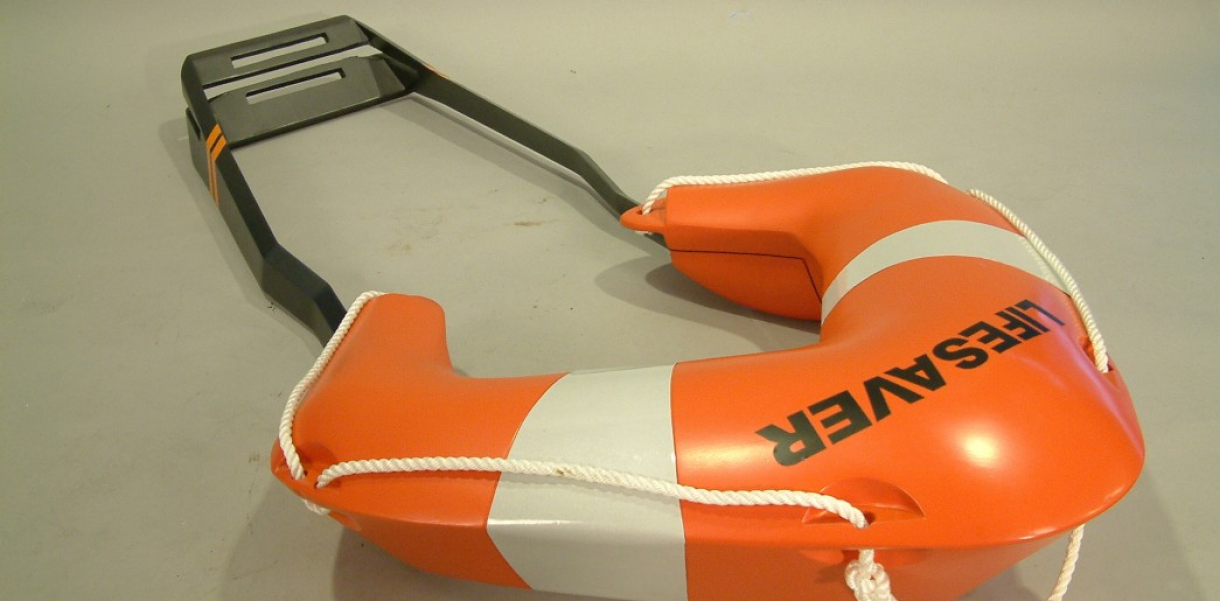Functionality and use of design
The 'R-A-M Exchange' operates via mobile communications, where each mobile phone will work as a personal 'ATM', activated in designated locations through a digital id/watermark, unique to each unit. By approaching an exchange pod/station, the user will have the ability to sell/purchase minutes (equivalent to currency), in a peer-to-peers basis, as the exchange station pulls up a list of providers and rates.
How did this design improve life?
The "Rent-a-minute" philosophy that subtends the 'RAM-Exchange' Interface literally enriches a category of public domain actors often ignored when considering new urban environments: Street vendors. The mobile telephony service offered, which is increasingly present in the described vendor community, is enhanced by developing a secondary electronic market for the vendors themselves, giving their offers a competitive edge and potential returns previously curbed by subservience to the speculative strategies of telecom majors. Their services are paradoxically construed as a way to activate informal poles of urban communications in Latin American city culture.
A strong political standpoint is taken in the project's endorsing and enhancing of Street Vendor activities. Their urban cultural practices are used as the pivot for undercutting and doubling up on telecom giant profit-making, by allowing them to draw their own advantage from volatile tariffs implemented by industrial consortia. New media and technology in the form of mobile telephony are situated and interpreted in the specific cultural context of a large Latin American city, characterized by intensive, gregarious, highly communicative street life.
Drawbacks of life improvement
The 'RAM-Exchange' Interface is a very complex electronic system requiring specific mobile communication protocols and the setup of hot-spots and specific electronic infrastructure in areas around the city. Though it is inspired on informal business models trading mobile telephone minutes, it does not intend to eliminate these activities but rather to give them a competitive edge.
However as the system is implemented and become widely popular, it might be an attractive commodity for Telecoms to be purchased and so it has the risk of becoming part of the same system against which an alternative was intended to be provided in first place. The proposed model ("'RAM-Exchange"), far from adding complexity to the discourse, intends rather to apply a practical and new model inspired on the inventiveness found within informal sub-economies. We believe there is much to learn in this aspect, and the social spheres that can be benefited from new Human-ICT Interface systems models like the one being proposed here are still many.
Research and need
The Latin American City today is a melting pot of contrasting urban conditions, social inequality, political tension and financial de-regulation due to globalization factors. The massive privatization of the City space in terms of proliferation of enclosed Shopping Malls, and the ubiquitous concerns for individual safety added to urban patterns based on the use of the automobile, have accelerated the process of 'splintering' (Graham, Marvin; 2001) in the urban structure while the remaining street space serves as 'squatted' space for the purpose of the growing informal sub-economy, in the form of street vendors populating almost every sidewalk in the city core.
Mobile Telephony Street Letting done by many of these street vendors and observed at multiple locations on the sidewalks of Caracas, served as case-study to produce an analysis framed within our parameters of research on ICT and its influence in the city. The activity consists in the simple fact that many of the vendors changed their basic merchandising model, by purchasing a pre-paid mobile telephone and setting place in busy areas of the city (i.e. by the entrance of Metro stations, at busy intersections and corners, etc.); with the purpose of re-selling the use of this mobile telephone by the minute, to pedestrians who wish to make phone calls.
In most cases they would set place next to a public telephone (usually inoperative, sometimes by means of being previously vandalized by the vendors themselves) and by means of acquiring preferred flat-rate plans (with generous amounts of airtime minutes included in them); they are able to re-sale these minutes at very competitive prices, obtaining tremendous profits at the same time. It must be said that both the uncontrolled exploitative nature of the street space use in Caracas, as well as the extreme poverty and harsh conditions of the local economy; have tremendously contributed to the appearance of this activity in the city. The (by us called)'R-A-M' ('Rent-a-minute') urban occurrence acts as a nano-entreprise, providing a service, a business transaction, with almost zero operational cost.
Designed by
Federico Bozo, Gustavo Muci, Armando Montilla & Alejandra Salas (Venezuela). 2003






